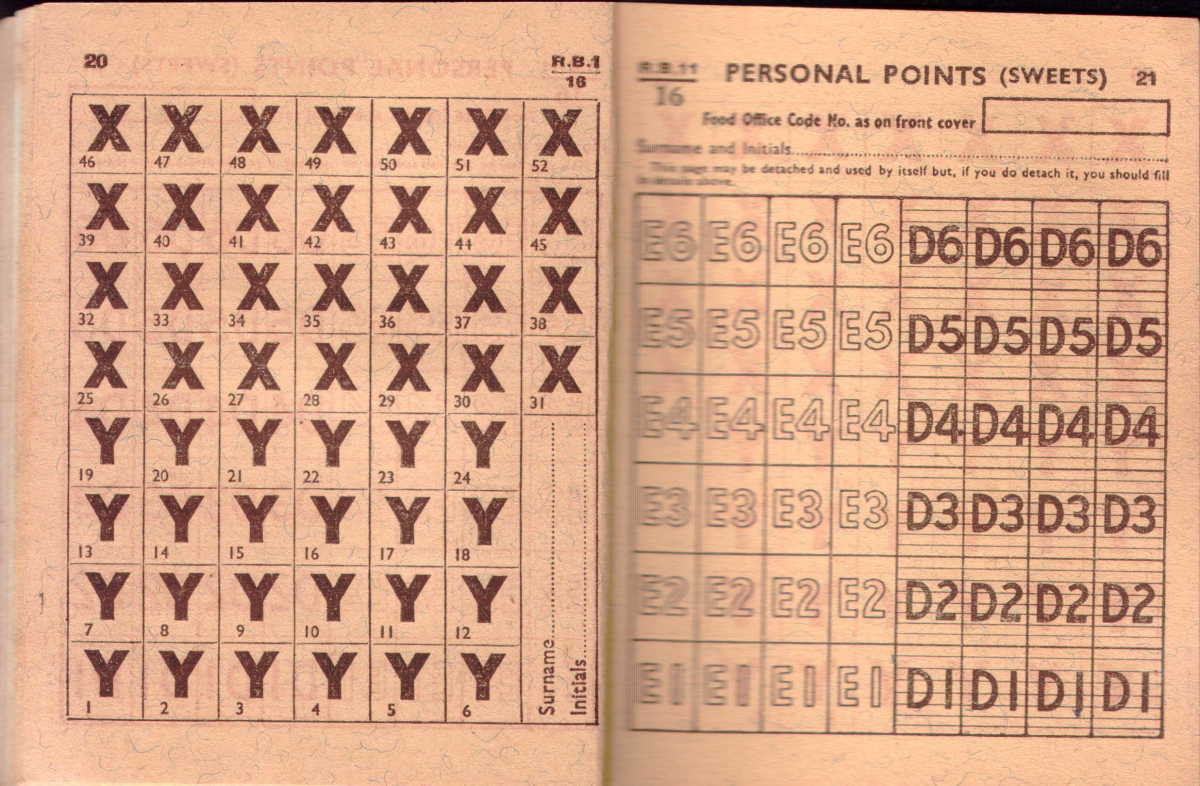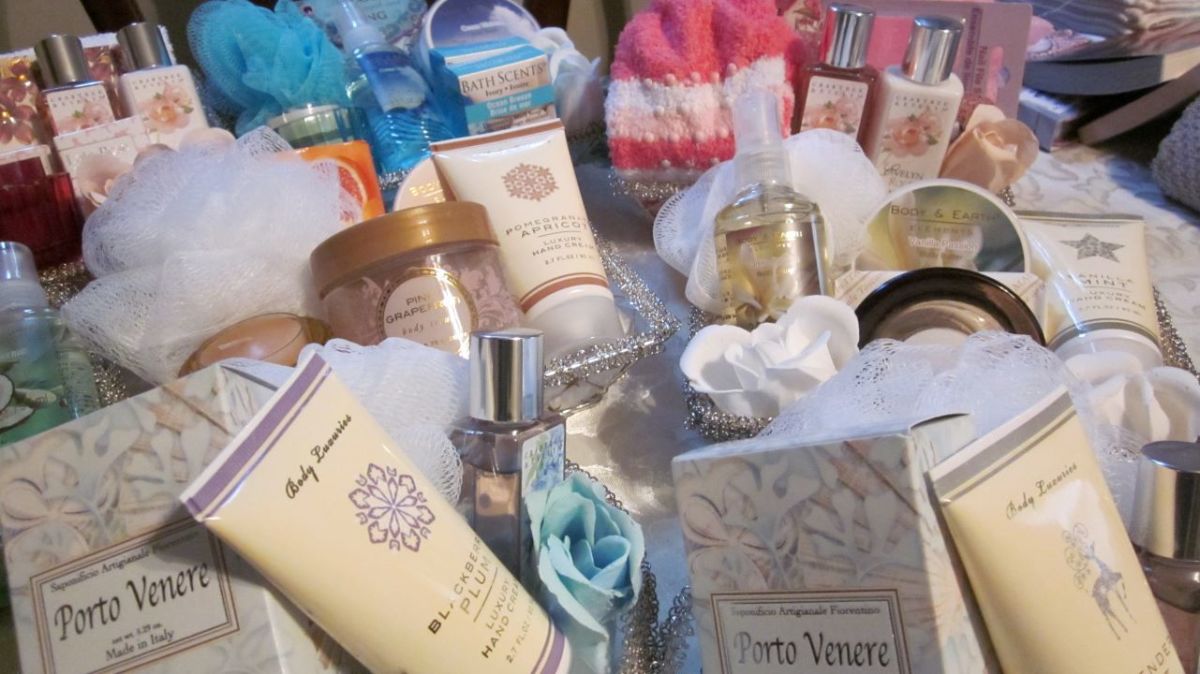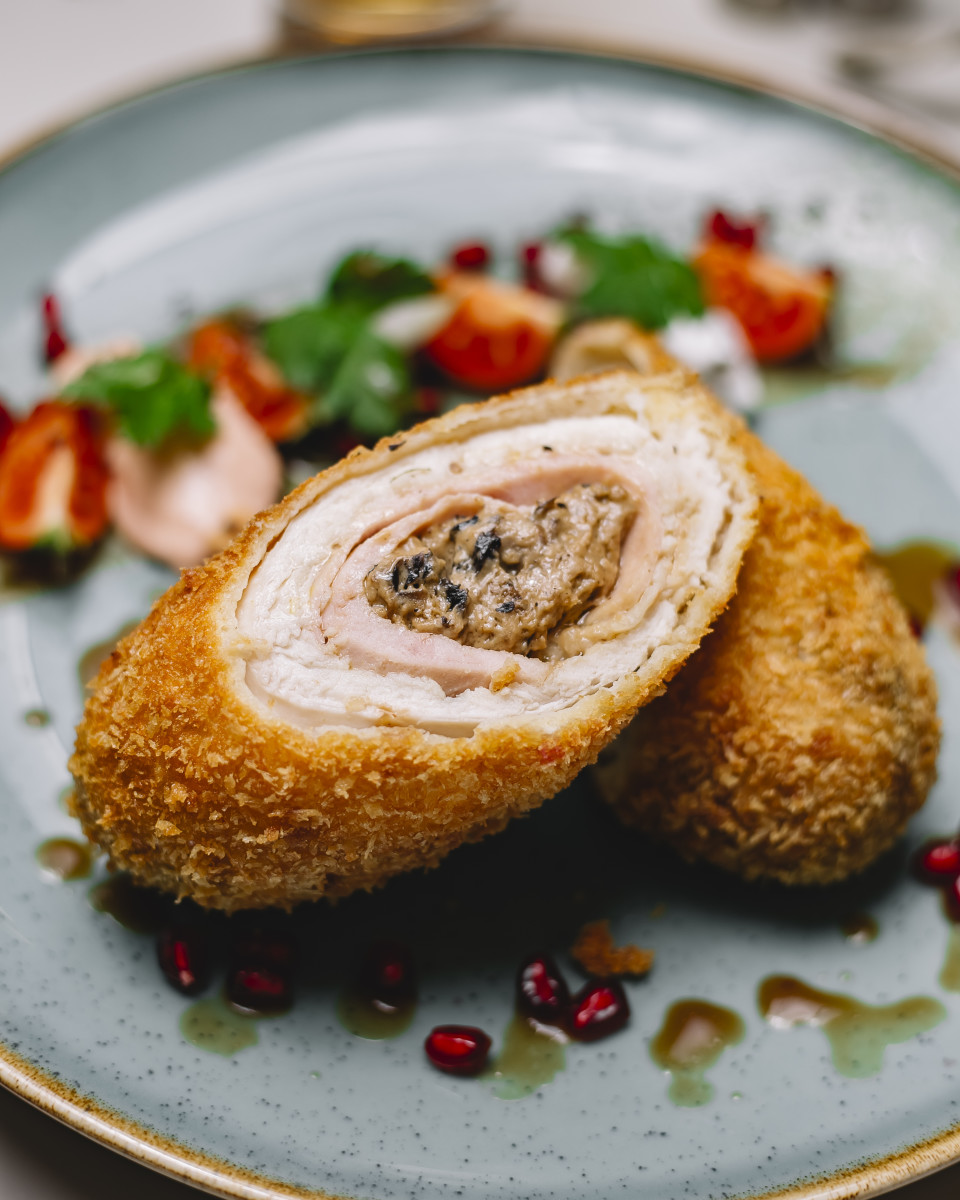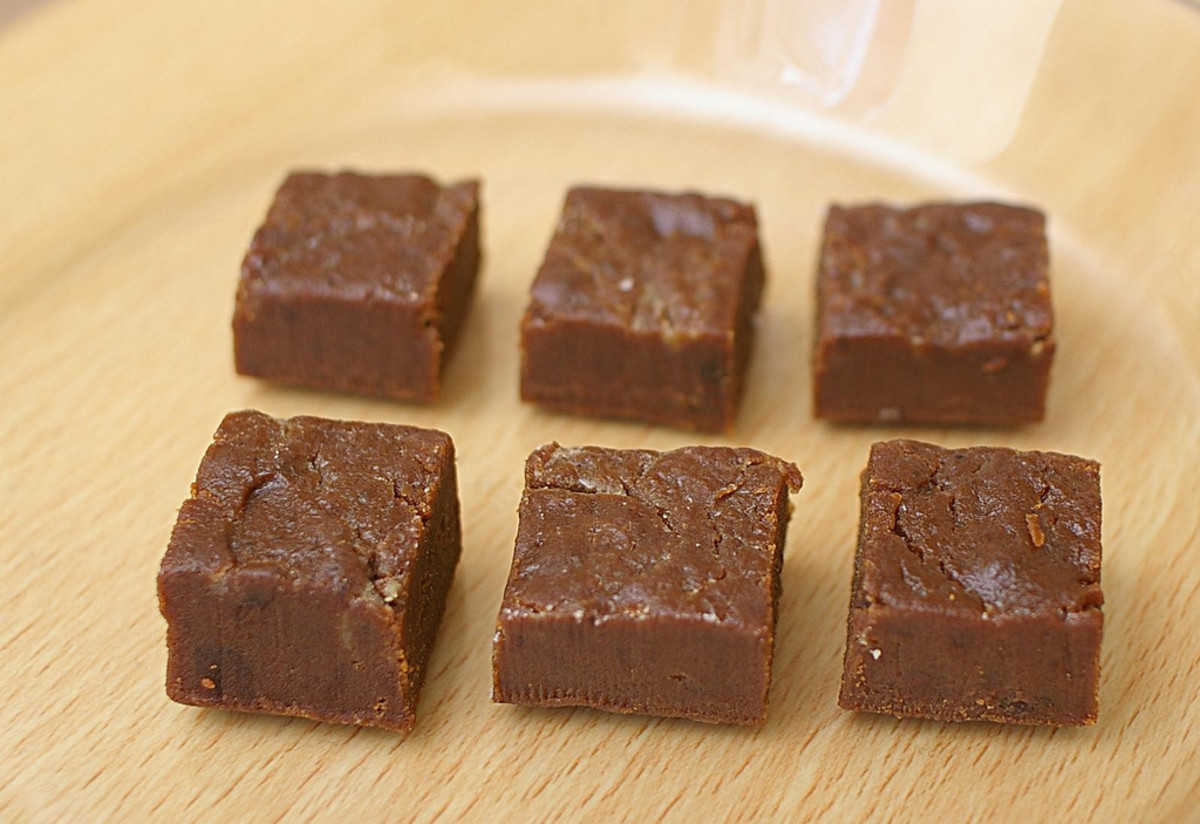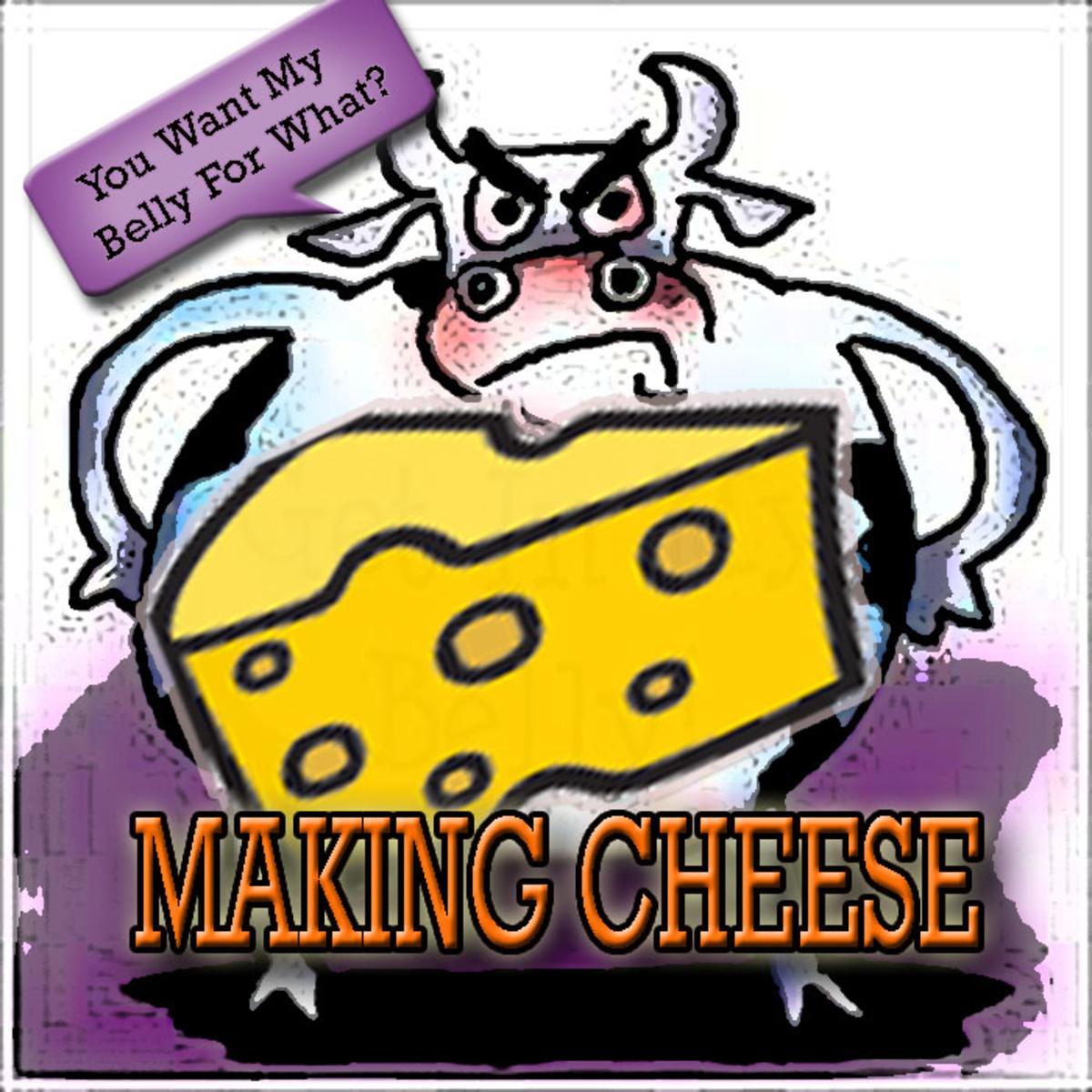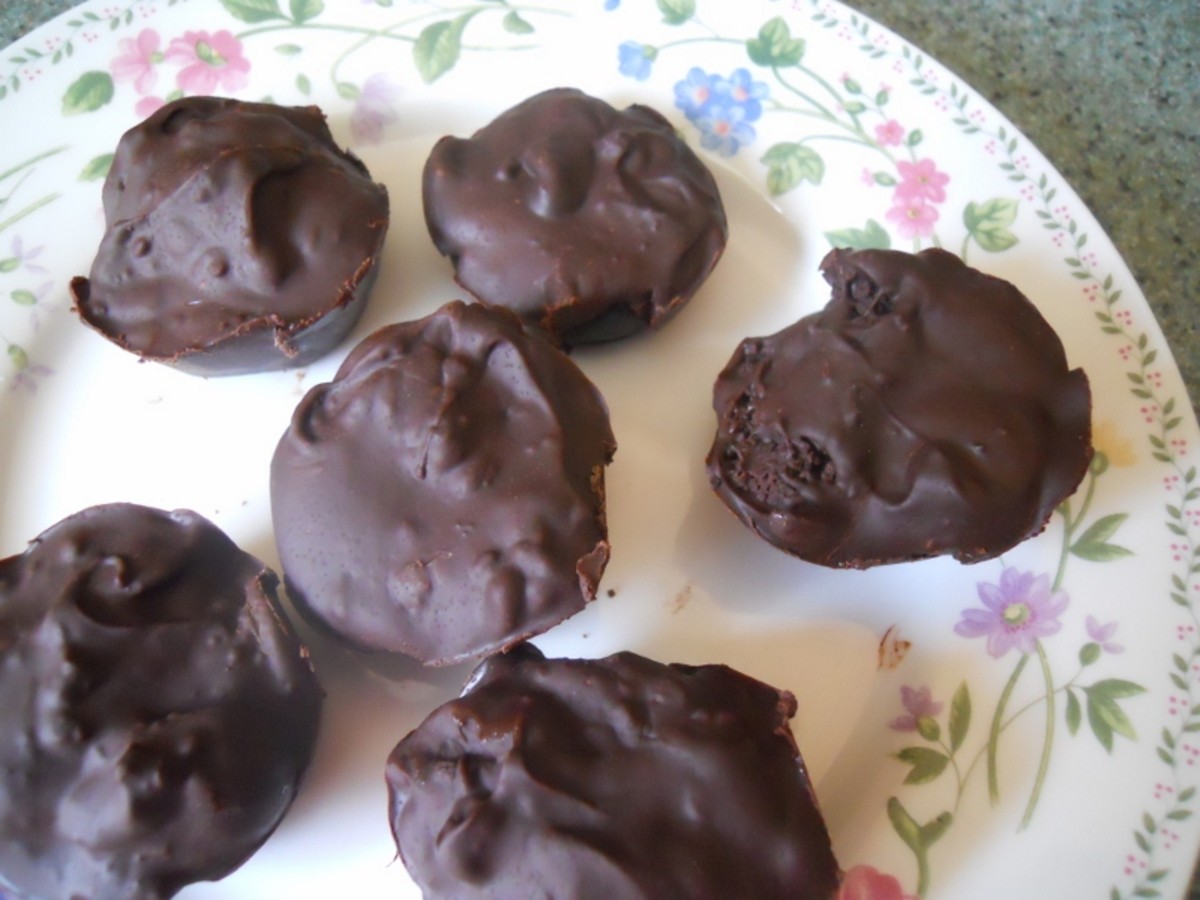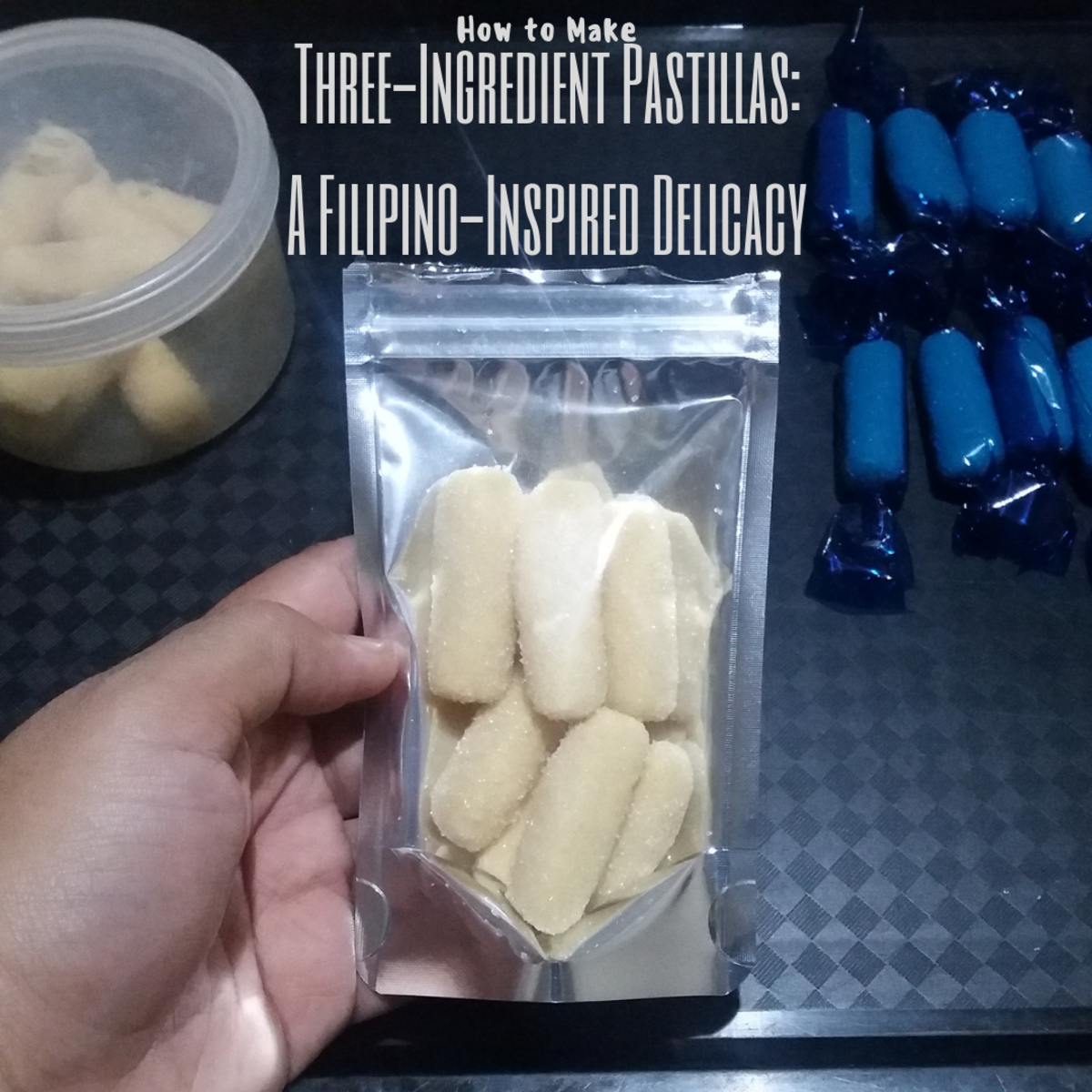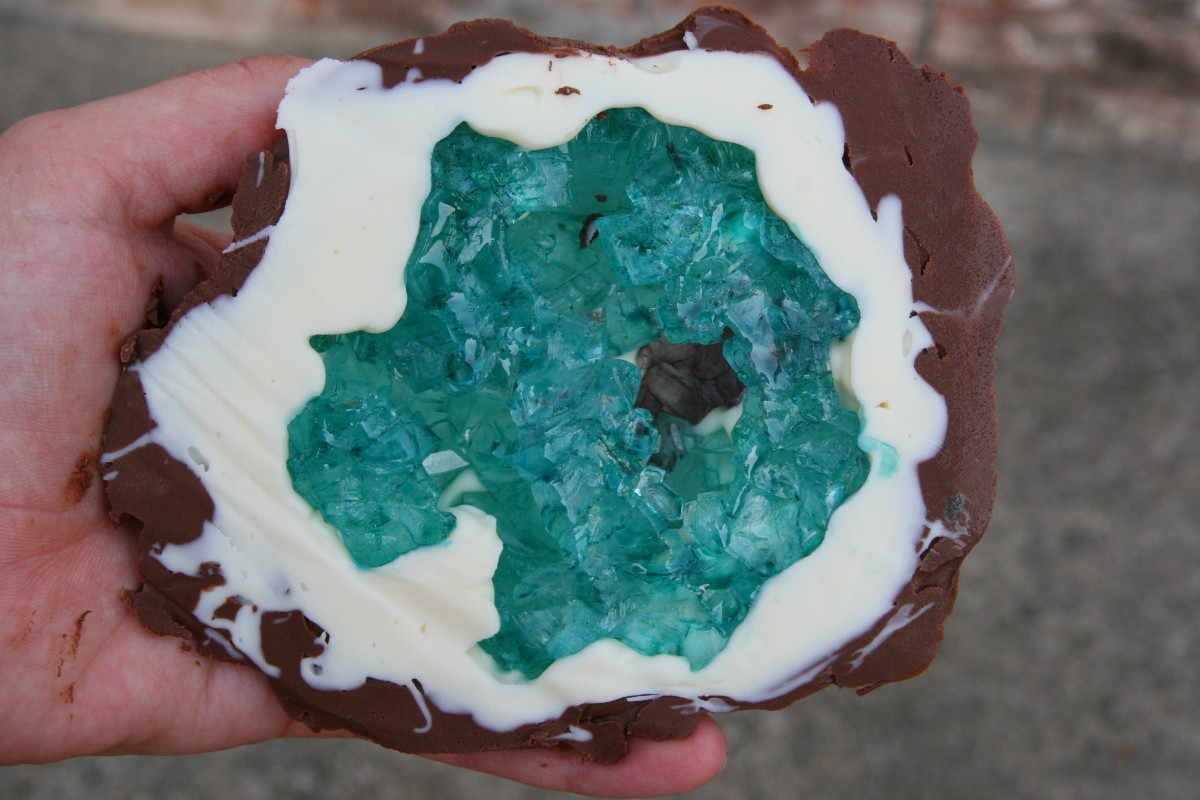How to Make Candy With Recipes
The gift that is for giving for any occasion!
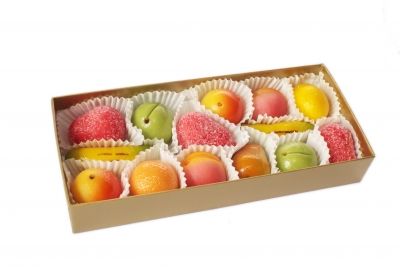
Introduction
When I am thinking of gifts for my friends and family I like to think of something different and unique. That's where making your own sweets and chocolates come in.
Sweets are fun to make, and are highly acceptable as presents. The cost of home-made sweets is very low compared to shop-bought ones, and the taste is often far superior.
It is essential that you take care in the kitchen when your making them and ensure that children are not around as your using boiling sugar syrup which will be very, very hot.
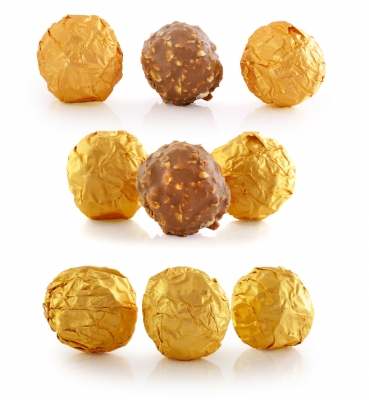
The Equipment to get your started
You need large heavy based saucepans of steel which are able to withstand high temperatures for sugar boiling.
You also need a sugar thermometer, which should be clearly marked and able to register at 200C. If your not able to get hold of a sugar thermometer, don't worry as I will explain water testing later on in my hub.
A marble slab is useful for shaping and cololing many sweets, particularly fondant, Edinburgh rock and barley sugar. If you haven't got a marble slab, pouring the mixture into a baking tin will do. Never pour syrup directly onto a wood or laminated surface as it will stick to it!
Long handled wooden spatulas for beating and stirring and pastry brushes for brushing down and oiling tins. A sugar scraper or a plastic or metal spatula for fondant making. Baking trays for spooning the mixtures onto. Kitchen scales to measure out the ingredients exactly and Scissors. Some sweets mixtures, for example barley sugar and Edinburgh rock have to be cut up with scissors. A fine nylon sieve for sieving and waxed paper for lining and dividing boxes or containers of home made sweets and chocolates. Rice paper or edible paper for lining the baking trays on which sticky mixtures such as nougat are placed.
That's it off the top of my head! So let's reiterate with a list.
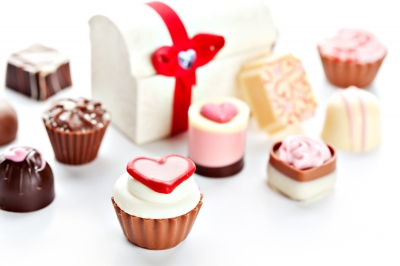
Equipment for sweet-making
Saucepans made of steel
| Sugar Thermometer
| Marble Slab
| |
|---|---|---|---|
Wooden Spatulas
| Pastry Brushes
| Sugar Scraper
| |
Baking Tray
| Kitchen Scales
| Scissors
| |
Waxed paper
| Rice Paper
| Edible Paper
| |
Plastic Spatula
| Metal Spatula
| Sieve and Baking Tin
|
I think that's it for the equipment for sweet-making
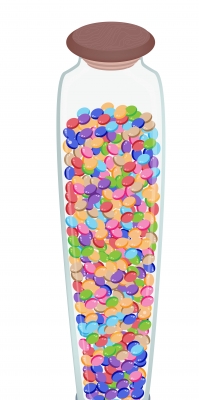
Ingredients
Sugar
Weight for weight, all sugars are equally sweet. However, the finer the sugar, the faster it dissolves and the sweeter it seems.
Granulated Sugar - has a medium sized, white sparkling crystal and is 99.9% pure sucrose. It is the most popular and widely used refined sugar, as well as the cheapest. You can use it for butterscotch, marshmallows, coconut ice, fruit fondants.
Caster Sugar - dissolves more quickly than granulated sugar. In uncooked sweetmeats, such as marzipan, it gives a smoother texture
Icing Sugar - Is made by grinding sugar crystals to a fine powder. because it has such a fine texture and dissolves rapidly, icing sugar is easily made into a smooth paste. It can be used in uncooked peppermint-cream mixture, in truffles and for coating marshmallows.
Cube Sugar - This is produce from granulate sugar, moistened and molded into neat shapes. It's used in Edinburgh rock and barley sugar.
Soft Brown Sugars - Are all refined sugars, as well as sweetening a mixture, they give a rich flavor to such sweets as treacle toffee.
Golden Syrups - These can vary in flavor and color, there made from liquid left after refined sugar has been crystalised. They can enrich the flavor of honeycomb and toffee apples. Treacles are thinner, darker and less refined than syrups and have a flavor close to that of cane molasses. There used for making some toffees and boiled sweets.
Vanilla sugar - You can make this yourself by burying a whole vanilla pod in an airtight jar of caster sugar. Stir occasionally to move the pod around . The sugar will be ready for use after one week. Top is up as the sugar is used as the pod should last for months. It has a delicious flavor for simple fudge mixtures.
Liquid glucose - This is less sweet than sugar and gives a glossy appearance to sweets such as nougat.
Stock syrup - You can use this to moisten fondant mixtures that are too dry. Make a quantity to store in a well-stoppered bottle. Just dissolve 100/125g granulated sugar in 75ml warm water as for sugar boiling. Boil to 105C or 220F then leave to cool before storing.
Fat - some recipes need fat and it is always best to use unsalted butter, only use margarine when the quantity of fat required is small. For greasing tins use a salad oil such as sunflower or groundnut. Apply it with a pastry brush for a thin overall film of oil.
Cream and milk - If you use either they must be fresh. Evaporated milk is sometimes also used but it may curdle if the cooking process is too long. Take heed.
Cream of tartar or tartaric acid - Some sweet recipes, such as Edinburgh rock use this to reduce the tendency of sugar to recrystallise. Measure it carefully, according to the recipe.
Chocolate - Both dark and milk chocolate are used in sweet-making for very sweet fillings such as fondant mixture.
Flavoring and coloring - always use good quality flavorings and coloring's and don't tip them straight from the bottle, they are very concentrated so pouring them on to a measuring spoon in drops will give the right amount of flavoring and coloring.
I suggest you watch this video before attempting your sugar boiling to inspire you
Rules for sugar boiling and water testing without a thermometer
Rules for Sugar Boiling
| Water Tests without a thermometer
| |
|---|---|---|
1
| Measure the sugar and water accurately. Excess water takes longer to boil off which can be detrimental.
| Fill a small bowl with cold wter, remove the pan of sugar mixture from the heat, take 1/2 teaspoon of the mixture and drop into the water Leave for 1 minute, and test between forefinger and thumb to see which of the following stages it has reached
|
2
| Heat the sugar and water gently and do not let the mixture boil until every grain of sugar has dissolved
| Thread - at 110-114C (230-238F) the syrup in the water will form a fine thread between finger and thumb if they are pressed on it and then pulled apart
|
3
| During the dissolving process stir the mixture very carefully with a wooden spatula, stir right to the bottom and corners of the pan keeping the tip of the spatula under the liquid to avoid splashing
| Soft ball - At 114-118C (238 - 245F) the syrup in the water will form a soft ball which when touched can be squashed flat. This is the temperature for fondants and fudges
|
4
| Brush down the sides of the saucepan from time to time with a clean pastry brush dipped in warm water, this prevents crystals from forming on the side of the pan and dropping back into the mixture
| Hard Ball - At 118-138C (245 - 280F) the syrup dropped into water forms a ball which holds its shape when pressed. This stage is for making caramels and marshmallows
|
5
| Never stir the boiling syrup
| Small crack - At 138-152C (280-305F) the syrup will separate into threads that will snap cleanly. This stage is used for toffee.
|
6
| You must boil the sugar and water mixture on which most sweets are based to the temperature given in the individual recipe, if it is too high it will burn, and if too low will not set , you will need to use the thermometer or the water tests without the thermometer explained in the next column
| Hard crack - At 152-163C (305-325F) the mixture dropped into cold water will form threads which are had and brittle. This stage is ued for hard toffees and rock.
|
7
| If using a surgar thermometer warm the bulb by dipping in hot water before mmersing it in the syrup, hold it upright and make the reading at eye level
| Caramel - At 174C (345F) the syrup becomes a golden color and is used for praline and caramel sace
|
8
| When the correct temperature has been reach for the recipe remove the pan from the heat immediately and place it on a damp cloth, this will prevent it from further cooking
| |
9
| Take the thermometer out of the syrup and place it in a jug of hot water
|
It is very important that your sugar boiling is at the right temperature to get the best for your sweeties!
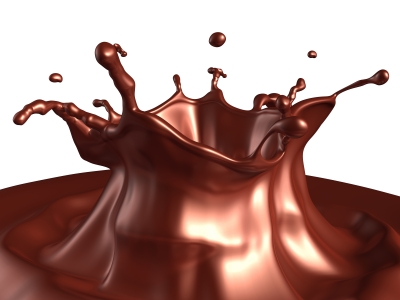
This video shows you how to use a sugar or candy thermometer
And a few more tips for making sweets
Practice makes perfect and there is time for you to practice to get the best turn out for your sweets.
I suggest that you collect everything required for the various processes before you even start. Make sure you measure out the ingredients accurately, so a good set of scales are definitely needed.
The utensils you use need to be free of any grease as this could spoil the sugar syrup.
When you finish off your sweets, cut them into small, neat sizes and make them the same size for each individual type that you make to give a pleasing to look at finish.
You can use cellophane to wrap the sweets such as toffees, toffee apples and nougat which are sticky when exposed to the air.
When you pack your boiled sweets I suggest you put them into jars or tins as they look amazing when dressed up and when packing sweets in boxes as gifts, use waxed paper to separate the layers and rows, also foil and paper cases make pretty, protective wrappings for some sweets, such as chocolates.

And finally....
Making sweets can be quite challenging, however that said if you start practising now you could be on to a winner for any occasion as sweets are quite expensive and making your own is a lot cheaper and the final outcome far more rewarding to the eye. They do make ideal gifts.
Check out my other hubs on How to Make the following:-
Acid Drops
Toffee Apples
Barley Sugar
Everton Toffee
Welsh Toffee
Coconut Ice
Lemon Pastilles
Honeycomb
Ediinburgh Rock
Butterscotch
Family Fudge
All of these recipes have been tried and tested with great results.
Have fun!
© 2014 Trudy Cooper

